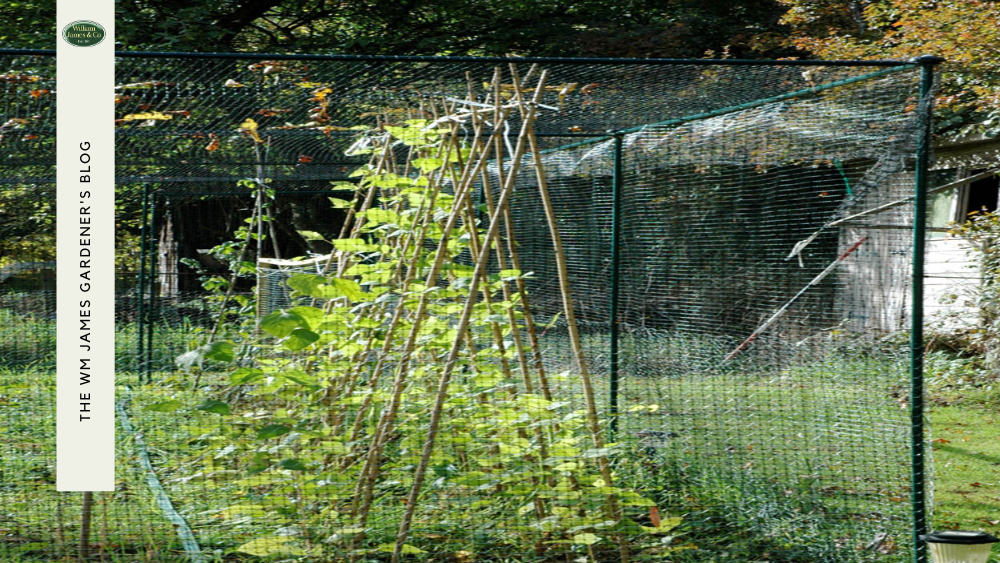We use cookies to make your experience better. To comply with the new e-Privacy directive, we need to ask for your consent to set the cookies. Learn more.
How To Grow Your Own Fruit and Veg
- Admin
- WM James Gardening Blog
- 21 Apr 2022
-
11views
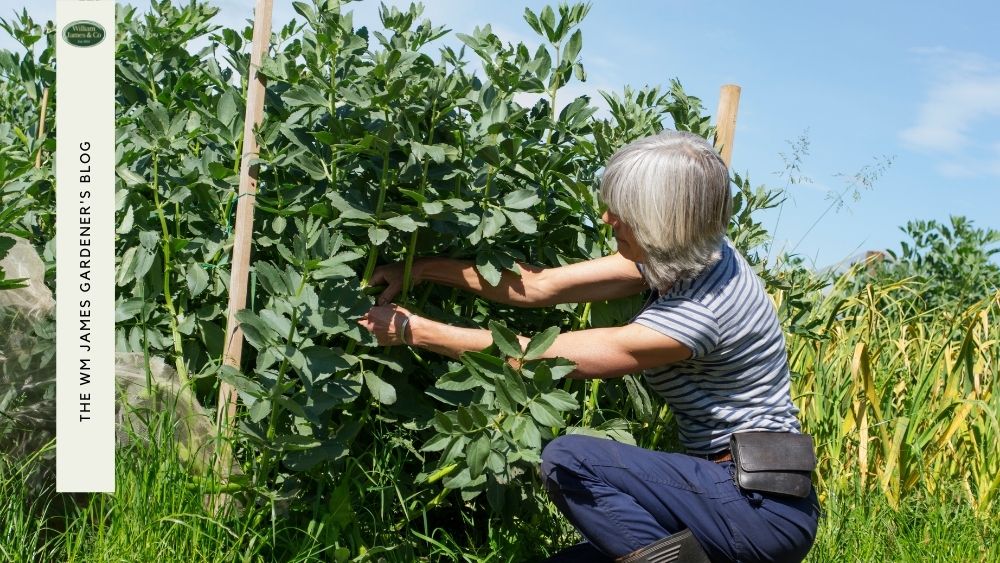
Are you interested in learning how to grow your very own fruit and vegetables?
If you want to cut down on your food bill, get fitter and help the environment, growing your own food source is highly rewarding!
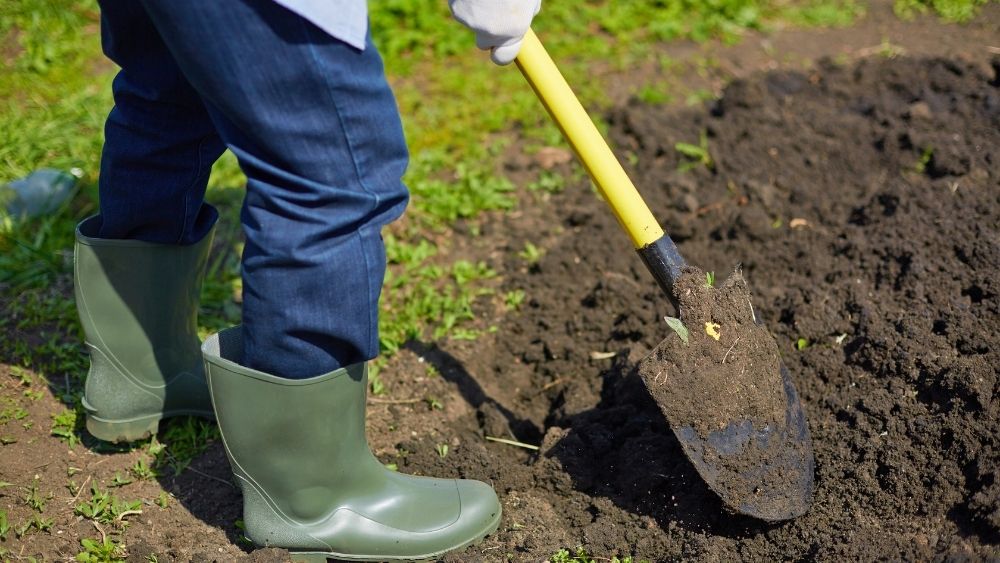
Fruit and vegetables are highly nutritious, containing lots of vitamins, minerals, and antioxidants essential for good health. They can also help to protect against some chronic diseases such as heart disease, stroke and some cancers.
In our guide, you'll learn what veg plants and salad crops you should start with, sowing seeds bought online or from your local garden centre and help with creating your very own veg plot and raised beds.
You'll also get some great tips on which organic gardening products will give you the best results and how to keep your fruit and veg plants healthy and free from pests.
We're confident that you'll love growing your own vegetables and fresh fruit!
Choosing Which Fruit & Veg To Grow
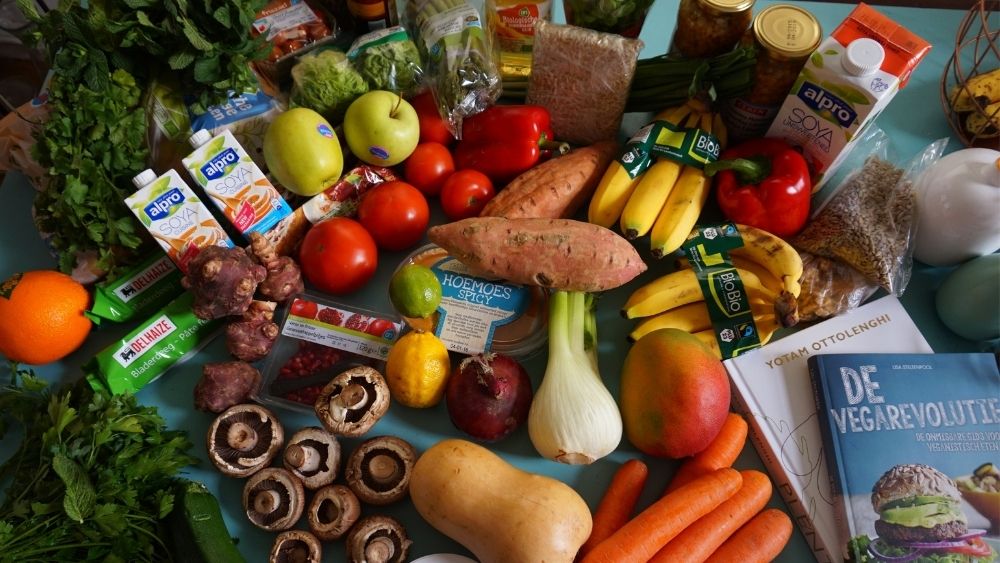
There are so many easy vegetables to grow, some of which are very hardy; they require very little care other than occasional watering. Here are some of our top picks for the easiest veg to grow:
- Courgettes
- Carrots
- Potatoes
- Radish
- Shallots
As well as vegetables, plenty of fruits are just as easy to grow, if not easier in some cases. You might think that fruit generally needs blistering hot tropical sun, but the UK has some wonderful native fruits that are perfectly suited to our weather, such as:
- Rhubarb
- Gooseberries
- Strawberries
- Blueberries
- Raspberries
Most of these fruits and vegetables are fast growers and will provide you with plenty of fresh food during the summertime.
Soil Type & Preparation
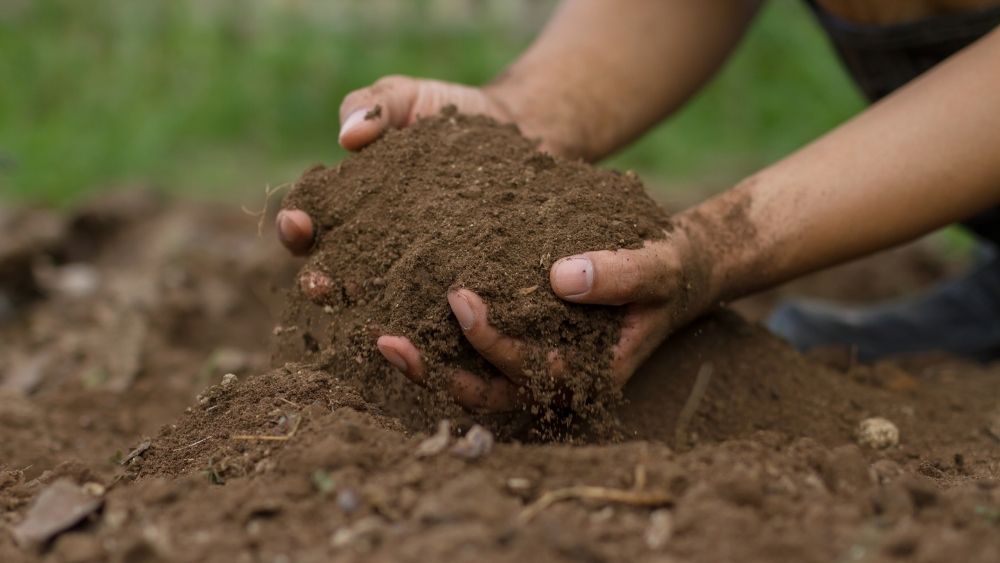
Growing plants isn't always as simple as throwing seeds on the ground and watering them. In fact, the soil has a big impact on the growth of plants, with various types of soil containing different types of nutrients which are suitable for different plants. Add some of your preferred soil to a wooden planter, removing the need to excavate the ground around your property.
Understanding Soil Types
One of the major factors for soil types is the size of the particles that make up the soil itself. A smaller particle size such as that in clay soil will make this soil much more compact and harder for water to drain through. In sandy or stony soil, the particles are much bigger, allowing for better drainage.
Best Soil For Growing Vegetables
If you're planting in the ground on your property, you'll want to choose fruits and vegetables that suit that particular ground. However, for vegetables, adding compost from your compost bin and lots of other natural rotting materials will help to provide them with enough healthy nutrients to grow well.
Best Soil For Growing Fruit
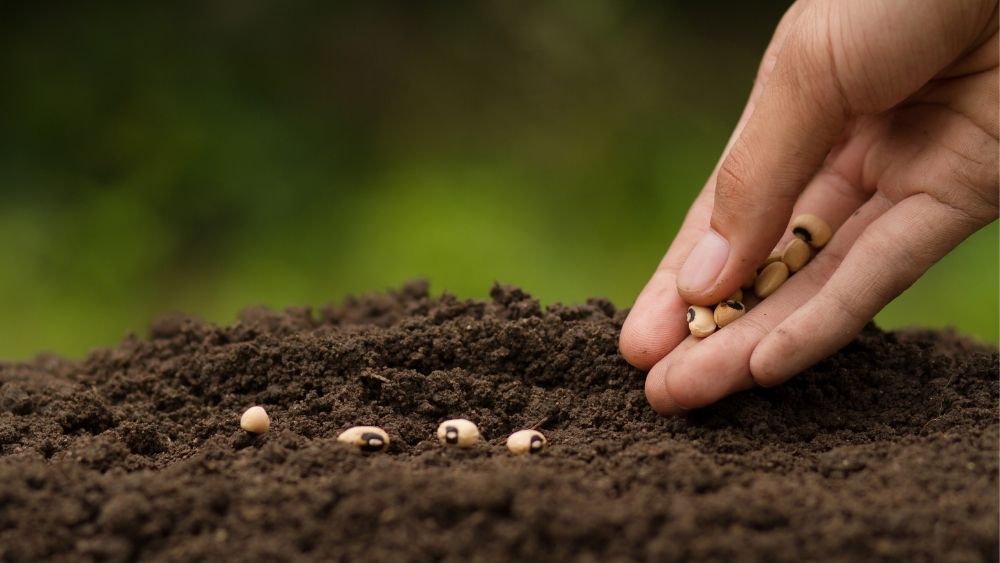
Again, it all depends on what you're growing, but fruit trees, for example, prefer soil with plenty of drainage. Sandy and loamy soils are best for trees, which is similar for many other fruits. Strawberries and raspberries and most other berries prefer soil that drains well, reducing the chance of roots rotting.
Sowing Seeds
You'd be surprised, but many gardeners hate the idea of growing plants from seeds, and some avoid this step altogether. But it's actually very straightforward and very rewarding.
When To Sow Seeds
It's hard to say exactly when to sow your seeds as all fruit and vegetables will need to be sown at different times of the year. For example, hardy salad leaves and vegetables like beetroot and broad beans are perfect for sowing from February to April.
For your winter vegetables, you'll want to start sowing around July. Vegetables like spring cabbage, turnips, fennel, and winter salads like cress and lamb's lettuce are perfect.
How To Sow Seeds
Sowing seeds don't need too much of a pattern. It merely requires some knowledge of how spaced out your plants need to be which can be done with the help of sowing tools. You'll spread seeds across your soil, assuming that only a small percentage will take root.
- Sow seeds in rows giving plenty of space between other crop rows
- Research the right depth and space needed for each type of seed
- Prepare to thin out your crops to create space and reduce competition for growth
Thinning out your crops is essential as you might have too many seeds taking root after sowing.
Planting Fruit Trees
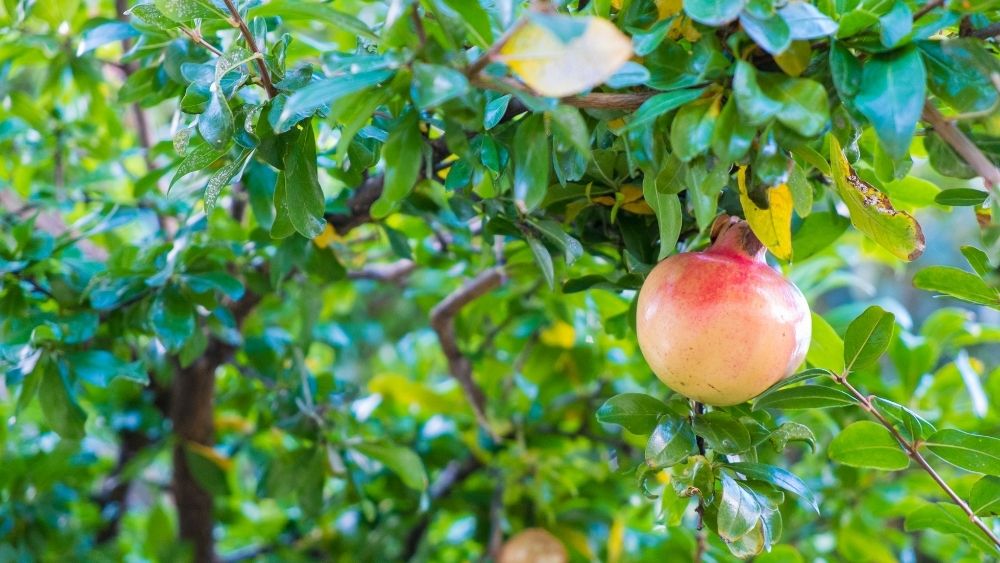
Planting a fruit tree in your garden is a great way to allow it to thrive much more than leaving it in a pot. This allows them to grow almost unrestricted save for the environment itself and can lead to a much higher yield and quality of fruit.
- Dig a hole only deep enough to cover the soil root ball
- Remove any large pebbles and stones from the hole
- Stake your tree in the ground, providing support
It's actually best to plant most fruit trees during the wintertime as they will be able to focus on stabilising themselves in their new habitat rather than exert themselves by fruiting. Don't forget garden fleece to protect them from the frost.
Feeding & Watering
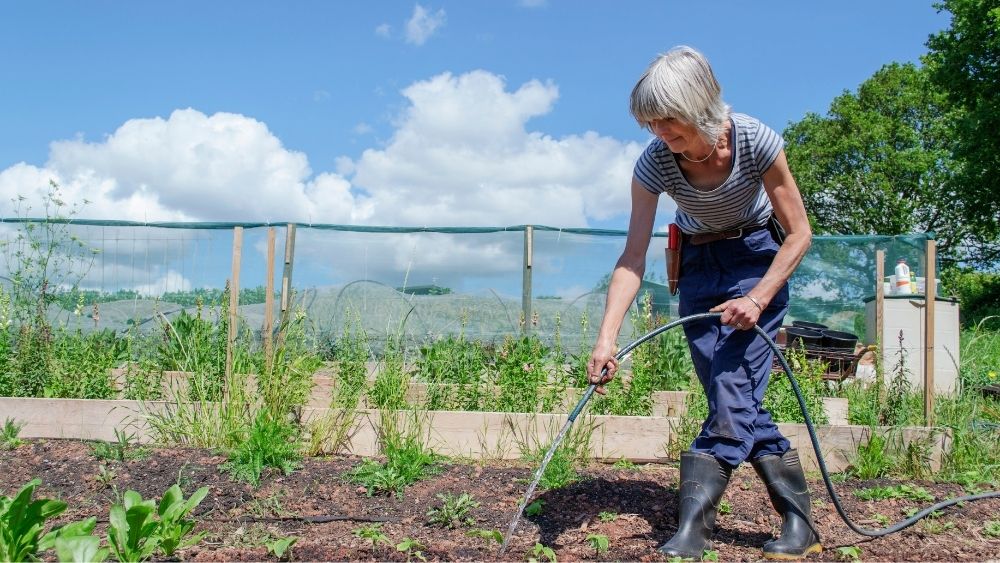
All of your plants will require watering from time to time, and some more than others. Certain crops like brussels sprouts, cabbage, kale, kohlrabi, broccoli and turnips require much less water than thirsty crops like carrots, beans, cucumbers and beetroot. Research your crops and plan your watering around their requirements.
Rotating Fruit & Veg
Growing the same crops in the same place, year after year, will leave that particular patch of ground without certain nutrients and potentially leave future crops malnourished. This is why we rotate our crop plots and replenish the soil with fertilisers as we go, ensuring that the soil will continue to be useful for years to come.
Protecting Your Fruit & Veg
Keeping your crops safe from pests is a very important step throughout their entire lifecycle. Sown seeds are prime targets for birds and rodents, and fruit is often eaten by a myriad of different creatures. A walk-in fruit cage is a perfect way to keep larger pests away from your crops while still letting your plants get water and sunlight.
Conclusion
Ultimately, there is a lot to think about when growing your own fruit and veg, and this article merely scratches the surface. You'll want to do specific research into the crops you wish to grow if you want to get the best results from them.
FAQs
Do all vegetable seeds need to be soaked before planting?
No - many can simply be sown on the ground and left to their own devices to germinate. Soaking certain seeds will help to soften their thick shells and increase the chance that they'll germinate.
What is the easiest vegetable to grow?
This comes down primarily to personal opinion, but we would have to say radishes. They are quick, hardy, and require very little care.
Is it easier to grow fruit indoors or outdoors?
Theoretically, it's easier to grow fruit indoors, especially in the UK, due to the extra warmth. If you have somewhere sunny and warm in your home or inside a well-insulated greenhouse, this would be much more preferable for your plants.
How often should I water my vegetables?
This depends on the vegetable, but between ten and fourteen days tends to be the sweet spot for most vegetables. There's no harm in watering earlier if the soil gets dry before then.
What is the best time to prune a fruit tree?
You should prune fruit trees in the springtime, which is when these trees are dormant and aren't trying to produce fruit.





